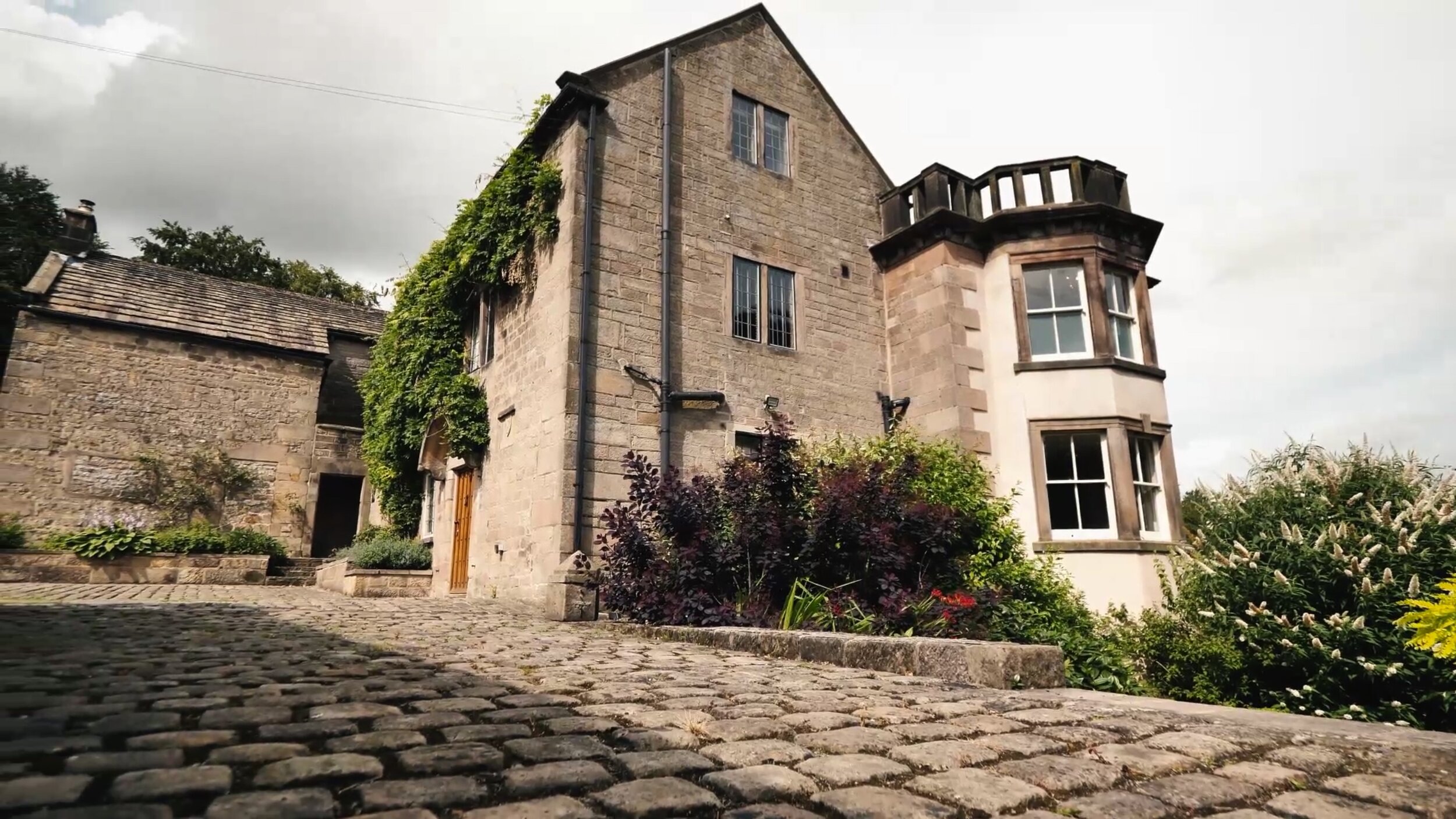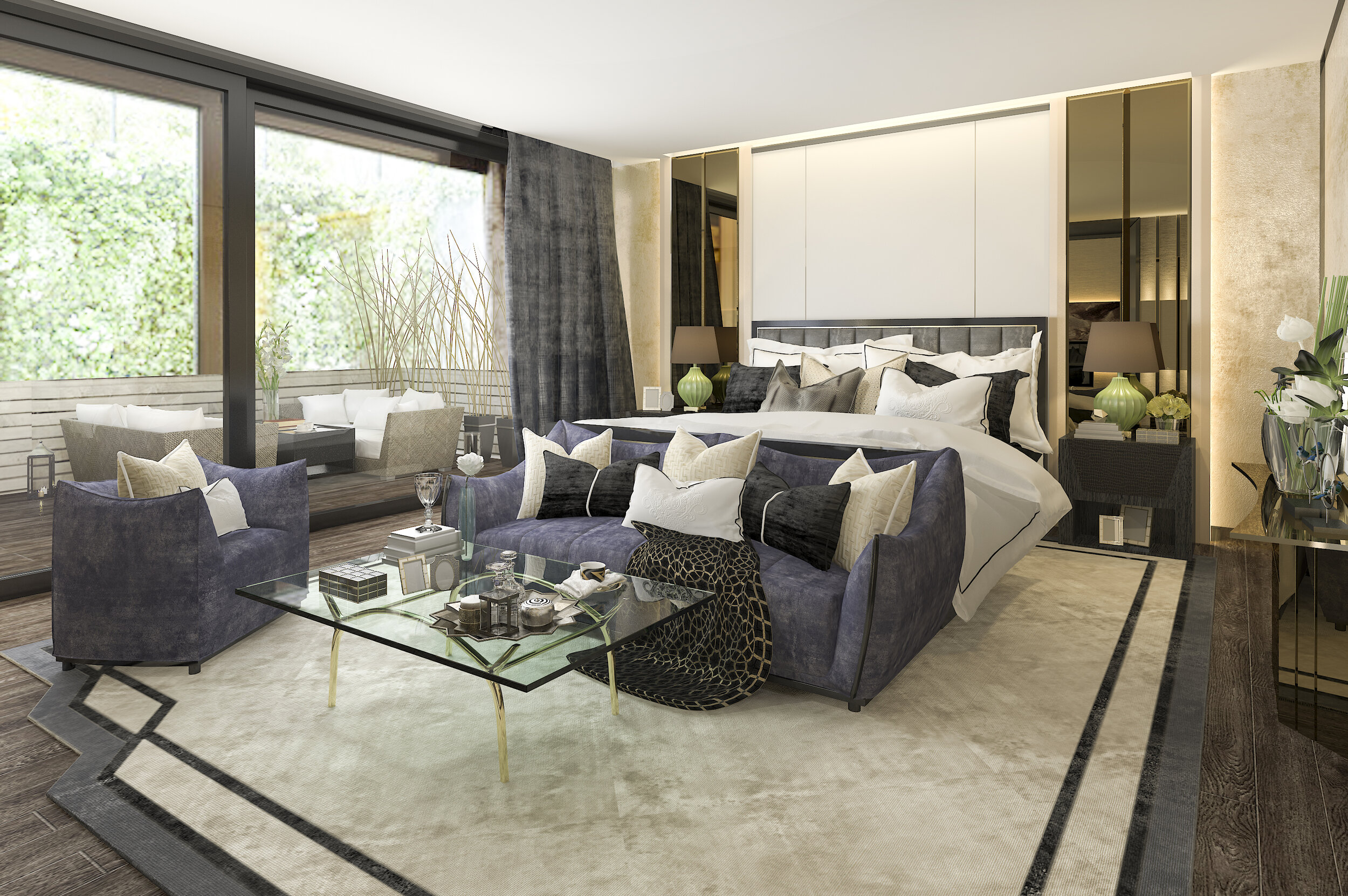10 Corporate Interview Video Techniques
/10 Corporate Interview Techniques That Will Boost Your Content
Nowadays, corporate videos are not about pushing a product in your viewer’s face and hoping they’ll buy all the hype; they’re about forging an authentic connection with your viewer, providing real value, and engaging them with well-told stories.
he key to establishing a relationship of trust with your viewer is to set the right tone with your video. This starts by interviewing the right subjects, asking the right questions, and knowing how to make them look good on camera.
To aid you on your mission to creating a corporate video that accomplishes all of these things, we’ve compiled a list of expert tips and techniques for conducting interviews that will make your subject shine.
10 On-Camera Interview Tips and Techniques
Preparation Before the Shoot:
1. Find the right interviewees
One thing is for sure: If you get bored listening to your interviewees, chances are that your audience will too. This is why one of the keys to creating an engaging video is to find subjects who can express themselves freely on camera.
Ask yourself, “who do I want my viewers to relate to?” If it’s a recruiting video, you could feature other employees instead of the CEO of the company; this would allow viewers (potential hires) to more easily relate to the subject of your video. Or, if it’s a video directed toward potential clients, you could feature other satisfied clients.
2. Research topic
Next, you should research the topic by either searching online or, if there isn’t sufficient information available there, conducting a pre-interview with the subject to get a better feel for the type of questions you need to ask.
3. Prepare questions
For obvious reasons, avoid questions that require a simple “yes” or “no” response. Stick to open-ended questions and give your subjects the time needed to develop their responses without letting them go off on tangents.
Arrange your questions so that they tell a story, and cover the 6 Ws: Who, What, Where, When, Why, and How. This way, you have the ingredients to create a complete narrative, with a setting, characters, plot, and resolution.
4. Rephrase questions as declarative statement
Instead of asking an obvious question, which may make them feel like they’re being interrogated, disguise it as an invitation to a conversation.
For example, “What differentiates your service from others like it?” can be replaced with “Tell me about a time you and your team went above and beyond the call of duty.”
Remember to avoid spreading yourself too thin with your questions. Focus on a specific topic or point, and stay on target.
Also, ask relevant questions that viewers might want answers to. For example, a customer testimonial should address concerns or objections potential clients might have.
But whatever you do, don’t give your subjects a list of the questions they will be asked before the interview. Although this may allay their fears, it can also lead them to memorize their responses, which makes for a stale interview lacking in spontaneity. Instead, give them a general idea of the points you will cover.
5. Decide on the kind of interview
There are two kinds of interviews you can conduct: a standard Q and A session or a monologue-style interview.
Of the two, the second will ensure a more natural and free-flowing interview which will allow you to edit out mistakes by leading into b-roll footage and voice overs.
Also, depending on the kind of interview you choose, the subject will either look directly into the camera or off to the side of it.
Although the first is sometimes used with media-savvy interviewees who are not afraid of looking right into the lens, the second is the most common format as it allows subjects to look at the interviewer’s face while speaking.
6. Prepare the subject
Once you have a list of the questions you want to ask your subjects, the next step is to prepare them for the interview.
To ensure that your subjects feel as comfortable as possible, address concerns they may have, such as appearing unattractive on camera or not phrasing something properly. Let them know you can edit out any mistakes and make them look as good as possible on camera.
Rehearse good interview techniques with them beforehand, such as not giving obvious answers to questions but rephrasing their answers into declarative statements that flow in a natural way.
For example, if you ask your subject, “What do you like most about your job?” they shouldn’t answer with “the work environment” or one-word responses that would confuse viewers who haven’t heard the question.
Also, for editing purposes, instruct the interviewee to repeat the question in their answer. For example, to the question mentioned above, they should respond, “What I like most about my job is that…”
7. Make the subject feel comfortable
The best way to achieve natural and spontaneous responses is to start the interview with throwaway questions that can later be edited out. This will allow the subject to loosen up and feel more comfortable once you get to the more substantive questions.
One important thing many first-time interviewers overlook is to keep quiet while the subject is answering questions; you don’t want the “hmms” and “oh right” to be heard over your interviewee’s voice. Instead, engage them silently by smiling, nodding, and making eye contact.
Since you’ll likely be taking on the dual role of interviewer/director, make sure to appear interested and encouraging, even while you’re attentive to the technical aspects of the production.
8. Direct the way questions are answered
To ensure you have all the necessary material to weave your story, run up your main questions with pertinent follow-up questions.
While you want to avoid interrupting your subject in the middle of an answer, don’t be hesitant to take control of the interview if your subject starts to go off on a tangent.
Also, don’t be afraid to broach difficult subjects and press your interviewee if you need more information or want him/her to repeat their answer but from a different angle.
The mark of a good interviewer is the ability to ask sometimes difficult questions to get the information you need and achieve the tone or feel you’re going for.
Besides rambling answers, also avoid flailing hands and the excessive use of repetitive hand gestures.
9. Get up close and personal
One way to distract your interviewee from all the video equipment and lights is to position yourself as closely to the subject as possible; this way, their attention is on you and your questions, not the surroundings.
By approaching them with a genuine heart and creating an open and authentic atmosphere, you’ll prompt them to do the same. Remember, your energy will rub off on the interviewee, so you want to go into the interview with a good amount of enthusiasm and genuine interest.
An effective technique for creating an engaging video is to trigger emotions, not just facts. You can do this by asking the interviewee how they “feel” about a topic or what they “believe in their heart” about a certain issue.
10. Be spontaneous and creative
Lastly, don’t be afraid to veer off from your planned script. Pose spontaneous questions when necessary and ask the interviewee for a final comment on anything he/she thinks you might have missed. This can bring to light some key information you might have overlooked.
And a tip for those interviewing subjects who have trouble loosening up on camera: When the interview is over, don’t stop filming; keep the camera rolling. This can sometimes lead to some of the best quotes and moments captured on camera.
is your business looking for some corporate interview content? Contact Jam Shakeshaft Video today for a competitive quote for projects of all size.
Below is some examples of our work:






















